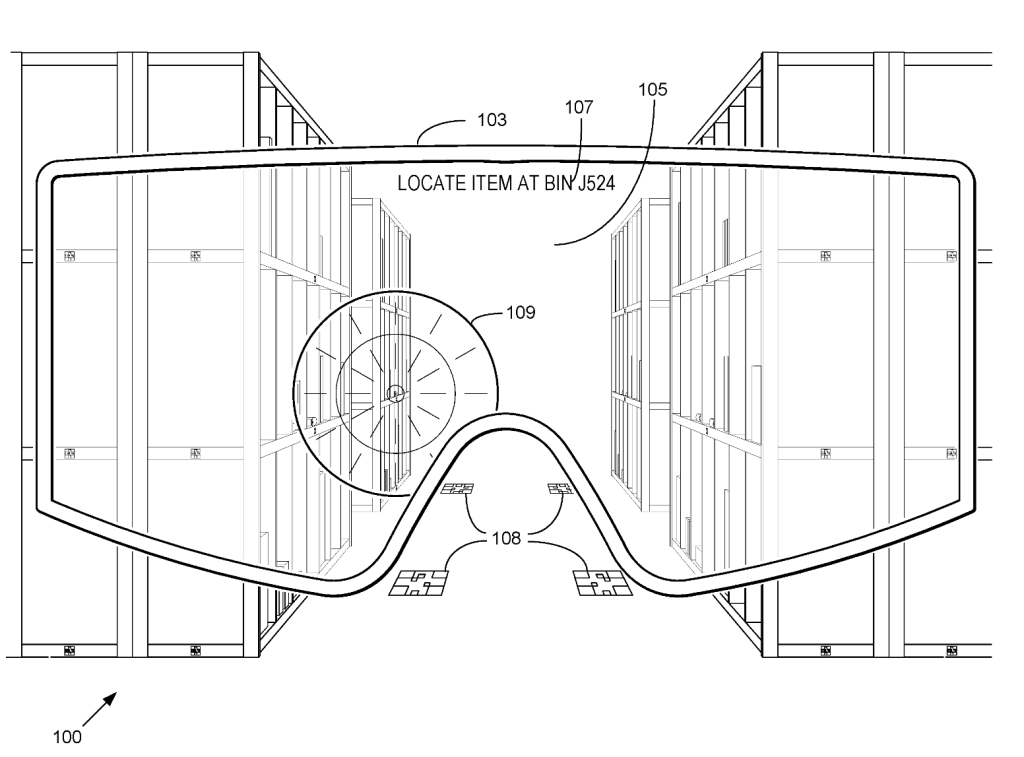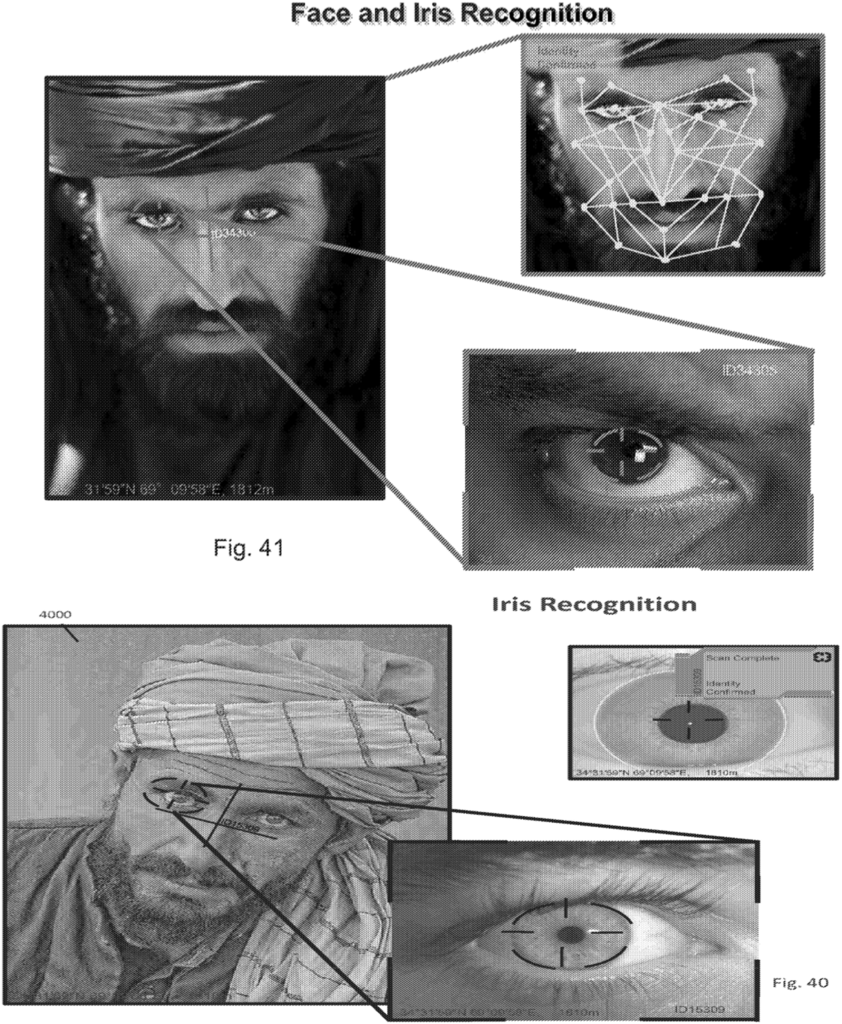Researching XR Futures
Over the past few years, my research has been focused on exploring the imagined futures of XR technologies. Beyond just trying to understand what kind of future projects industry envisions, I’ve been particularly interested in studying the values and logics that anchor these visions. There’s an essential set of questions that emerges when industry enthusiasts or investors champion their views on XR: who stands to gain, who might be overlooked, or worse, who could be adversely affected?
Studying the future of extended reality (XR) presents a methodological challenge as it involves analysing abstract, forward-looking concepts beyond current existing technology. It’s tricky to research due to the speculative nature of future promises and how they’re perceived by different audiences. Direct communication with industry insiders is challenging, especially in large tech companies like Meta, where future-related details are closely guarded trade secrets.
An alternative way to study XR futures is by turning to public industry documents. In this CAVRN post I’ll explore two forms of documents: patents and financial reporting. I’ll provide a brief overview of how researchers doing critical sociotechnical research on XR futures can use these sorts of documents – addressing the valuable insights they can offer (as well as some of their limitations).
Patents
Patents can be a great resource for understanding the underlying logics and values of technological innovation. As media studies scholar Aaron Shapiro writes:
“Patents secure legal exclusion by disclosing an idea or invention. However, the incentive structures behind patents are ambiguous. Patent holders must articulate inventions with enough technical specificity to warrant a property claim while remaining strategically imprecise enough to capture unanticipated future uses” (Shapiro, 2020: 752).
Patents – in effect – are a legal mechanism that allows companies to retain control, and extract value from intellectual property. Because of this, patents are often quite speculative (and often pretty outlandish – so much so, in fact, that The Electronic Frontier Foundation awards a ‘Stupid Patent of the Month‘).
It is all too common to see researchers mistake patents as concrete indicators of a tech company’s intent to develop a specific technology. Lee Vinsel (2021) provides a sharp critique of this phenomenon, which he calls ‘criti-hype’—the tendency among scholars to form critical stances on technology premised on speculative and sometimes outlandish future visions. Patents are a big culprit in such criti-hype.
Patents should be viewed less as evidence of a company’s intent to create specific technologies and more as manifestations of ideology or values. For example, Amazon’s patent for AR smartglasses for its warehouse workers may not come to fruition, yet it undeniably reflects the company’s interest in tracking and monitoring employee actions to optimize efficiency.

In our forthcoming book, Fantasies of Virtual Reality, Marcus Carter and I look at a number of patents when thinking about the kinds of imaginaries surrounding XR in the context of defense and policing. One example comes from Microsoft. Microsoft’s patent for military-grade AR smartglasses imagines how wearable AR technologies will enable real time capture and relay of information between soldiers, but also between soldiers and reconnaissance technologies such as drones – rendered within the device’s interface, enabling more efficient targeting, tracking and killing.
In the patent, we are presented with an image that encapsulates the United States’ imperialist ambitions of conquest in the Middle East and how they are coupled with fantasies of XR as a technological extension of human perception. We see an Arab man being tracked and read as a threat through the device’s iris recognition – rendered as such through information stored in databases, transferred to the headset at light speed – a system that feeds into and shapes the anticipatory capacity of the device’s user in real-time. The fantasy here is one of the systematic coordination of soldiers, computer-based systems, and the sensing capacities of the device. How soldiers engage conflict unfolds through AR interfaces which capture information about external environments and the organic and inorganic things in them. These are framed as minimizing the need for soldiers to make split-second decisions in combat. Decisions for using lethal force are distributed between the soldier and the data centres feeding information into the AR device’s head up display.

Elsewhere, we looked at how the carceral industry sees new opportunities for profit in VR. One particularly egregious example is Global Tel Link (GTL) – a prison contractor that provides telecommunications systems and payment services to prisons in the US. In 2017, GTL filed a patent for a “system and method for personalized virtual reality experience in a controlled environment”. Put plainly, GTL wants to charge prisoners to use its VR software, allowing the incarcerated “for a brief time, imagine himself outside of away from the controlled environment”. While this may never actually come to fruition, it represents a desire to use technology to further extract profits from some of the most vulnerable and oppressed in society.
In these cases, we do not use these patents to anticipate the potential for future harm. Rather, we try to show how innovation in XR is tied to wider violence and oppression.
Corporate financial reports
Securing reliable firsthand information about the business activities of software companies is difficult – much of which is not publicly disclosed and hidden behind NDA-secured trade secrecy. As such, researchers have come to be reliant upon publicly available secondary data to understand business practices. Corporate financials are a good to get some insight here. Financial statements are official records that detail a company’s economic activities and financial health, commonly reviewed for accuracy by auditors for various compliance and business reasons.
If we work with the example of a US-based company – overseen by the Securities and Exchange Commission – there are a number of specific documents that we might draw on. First, are SEC-mandated 10-Q and 10-K forms (these documents are publicly accessible on the SEC’s EDGAR database and often on the company’s website under the “Investor Relations” section). 10-Q forms are quarterly reports that publicly traded companies must file with the SEC. They provide a detailed account of a company’s financial performance, including income, cash flow, and company operations over the past quarter.10-K Forms are annual reports required by the SEC that give a comprehensive summary of a company’s financial performance for the entire year. They are more detailed than quarterly reports and include information such as company history, organizational structure, equity, holdings, earnings per share, subsidiaries, etc. While much of the 10-K and 10-Q are dedicated to overviewing quarterly and yearly financial performance, there is room for firms to address future issues, concerns, and ambitions. In principle, SEC-mandated filings should provide accurate information about a firm’s activities for investors (10-K forms include signed statements from a firm’s executives attesting to its accuracy).
Other financial documents include shareholder letters and earnings call transcripts. Shareholder letters are communications sent by a company to its shareholders to discuss financial performance, company strategy, market position, future outlook, and other topics of importance to investors. These letters often accompany financial reports and may be released on a quarterly basis. Earnings calls on the other hand are where company executives discuss financial results, answer analyst questions, and may provide guidance on future performance. The transcripts of these calls are valuable for understanding management’s perspective and strategy. Unlike 10-Q/10-K forms – which are a very specific genre of writing and language, these other documents allow for more rhetorical flourish.
In my work, particularly in trying to get to grips with the political economy of the XR industry, financial data has been a useful resource (see e.g., Egliston and Carter, 2022). Much of my work in this space has focused on the corporate activities of Meta and its Reality Labs division. Financial data provides insight into the size and scope of the division, as well as its cost. Financial data speaks to the logic of expansion and consolidation characterising much of Meta’s business activity in the XR space. Put differently, financial data tells a story about Meta’s corporate ambitions that you probably wouldn’t get from hearing Mark Zuckerberg speak at an industry event like Meta Connect.
Conclusion
Financial reports and patents offer valuable insights into the emerging field of XR, allowing for an analysis of the underlying values and ideologies driving innovation. But as these technologies have yet to be socialised, it is crucial to avoid perpetuating the industry’s linear and deterministic narratives of XR in our critical assessments, steering clear of contributing to ‘criti-hype.’
References
Egliston, B., and Carter, M. (2022). ‘The metaverse and how we’ll build it’: The political economy of Meta’s Reality Labs. New Media and Society. Epub ahead of print. Doi: 10.1177/14614448221119785
Shapiro, A. (2020). ‘Embodiments of the invention’: Patents and urban diagrammatics in the smart city. Convergence, 26(4): 751-774.
Vinsel, L. (2021). You’re Doing It Wrong: Notes on Criticism and Technology Hype. https://sts-news.medium.com/youre-doing-it-wrong-notes-on-criticism-and-technology-hype-18b08b4307e5
